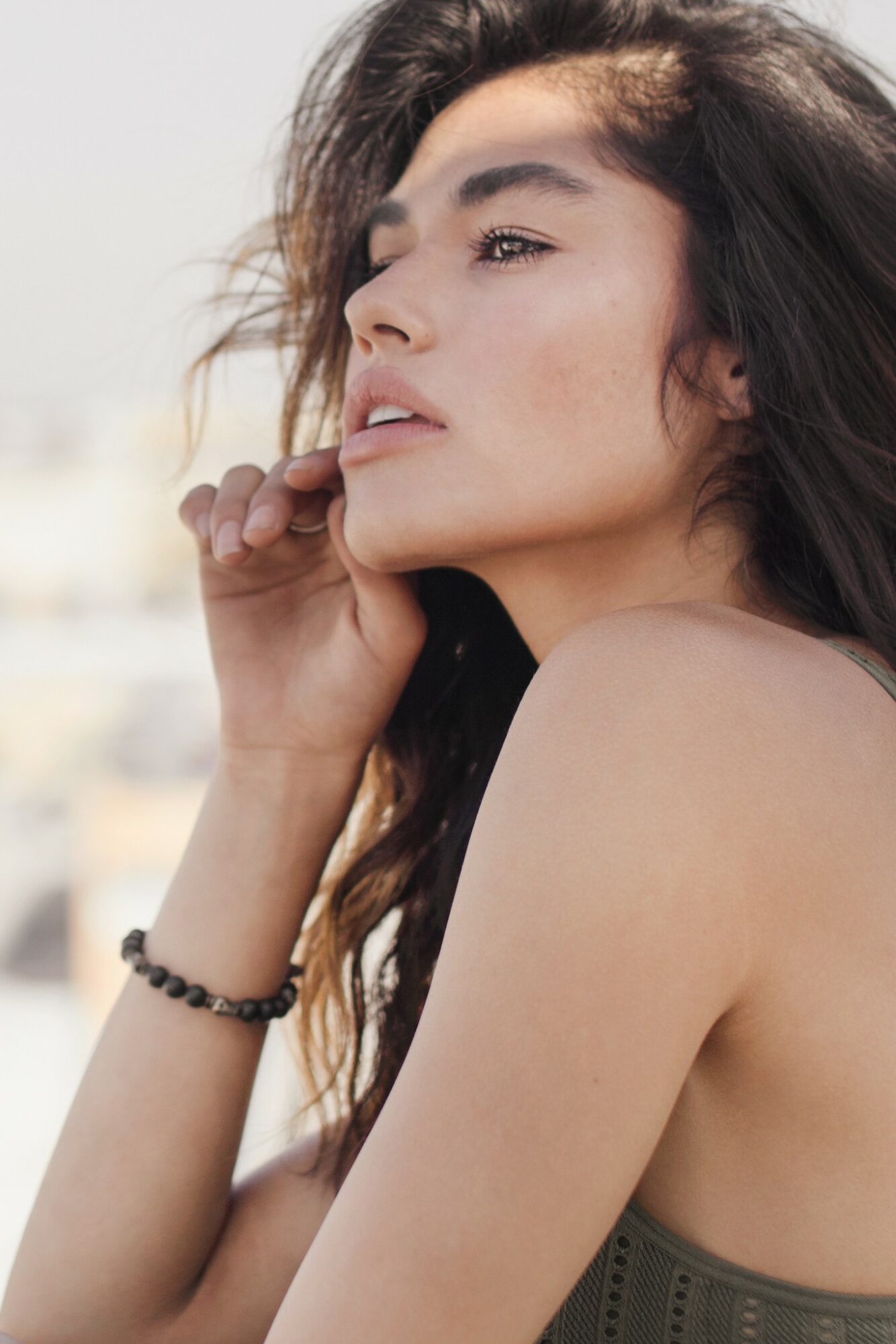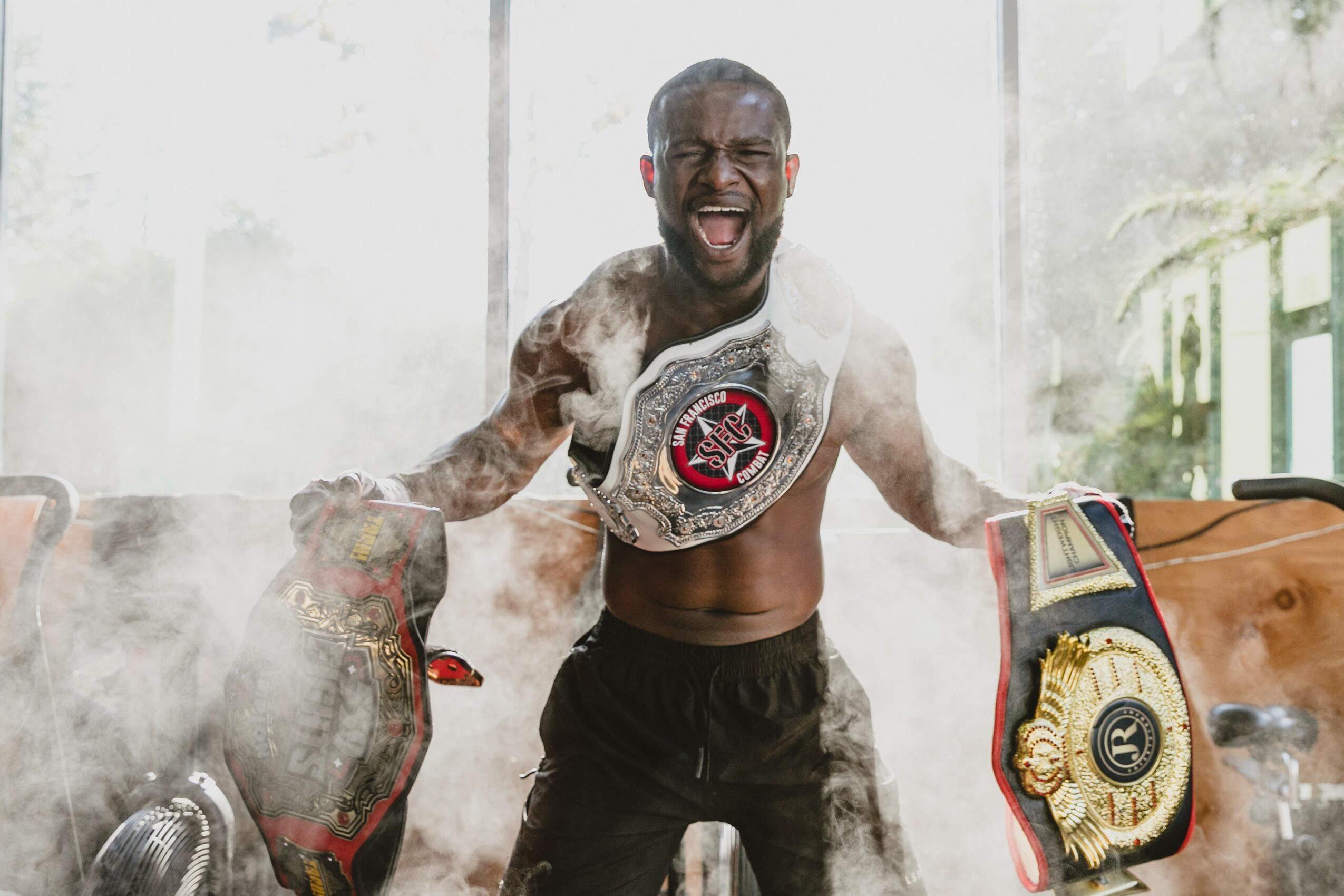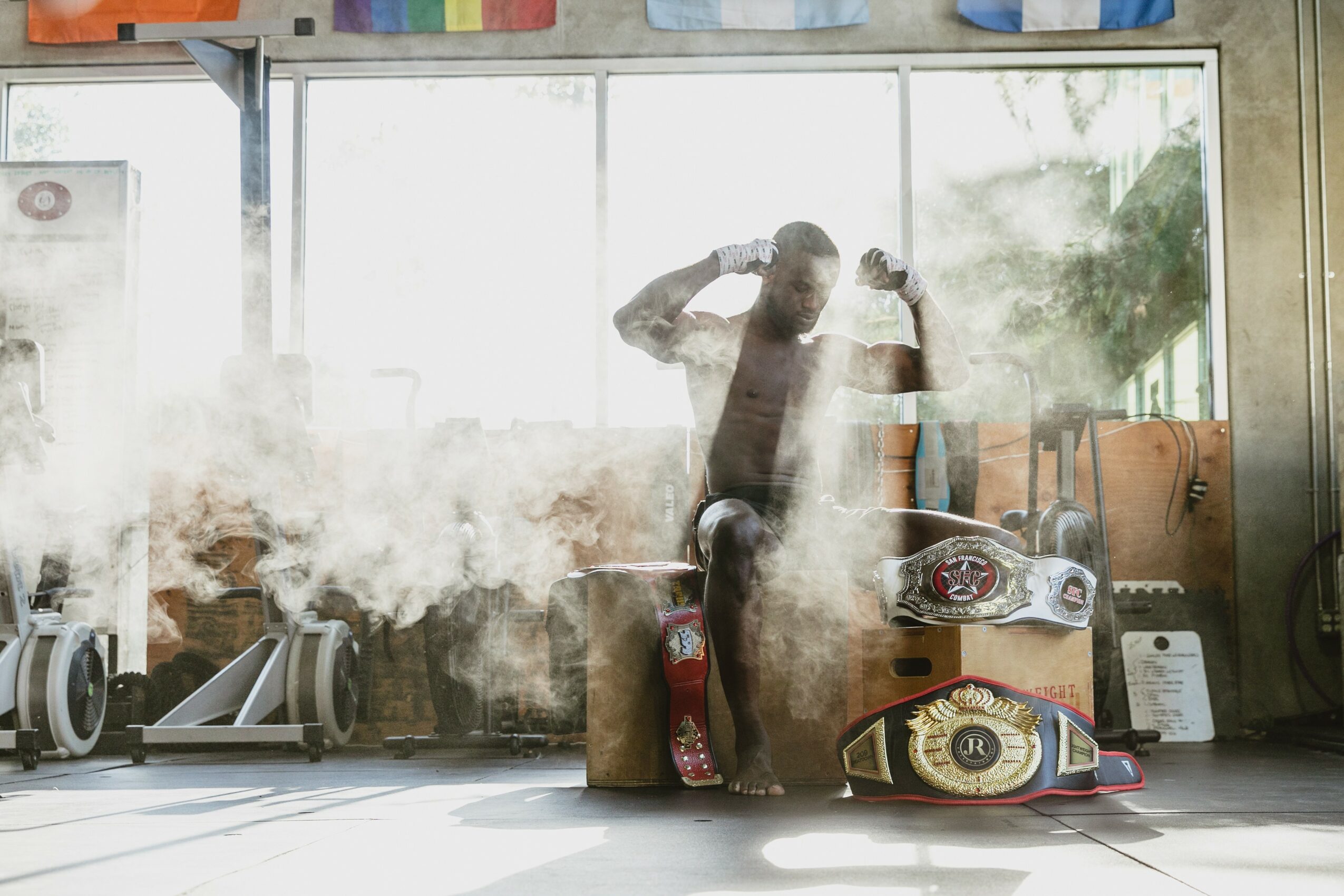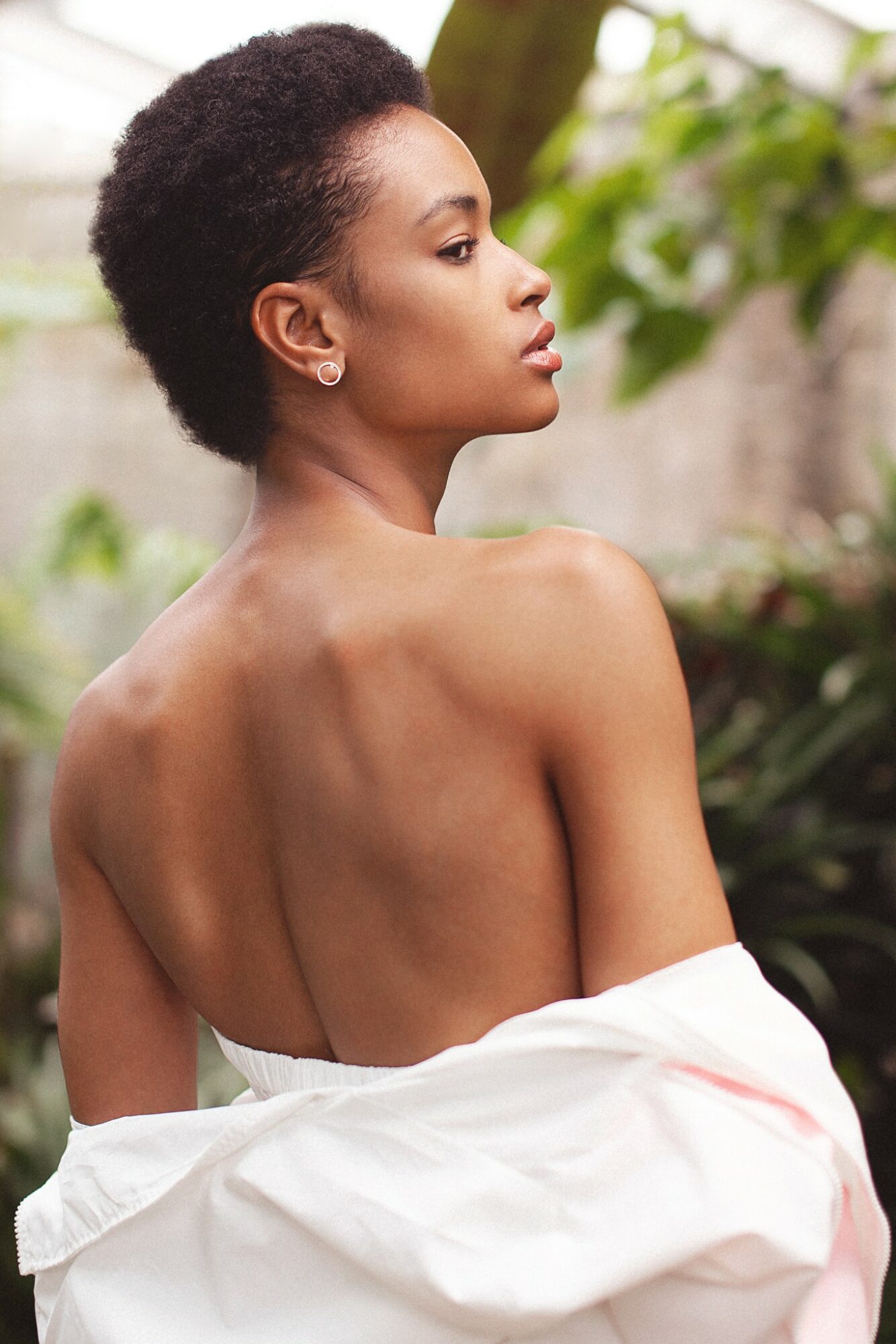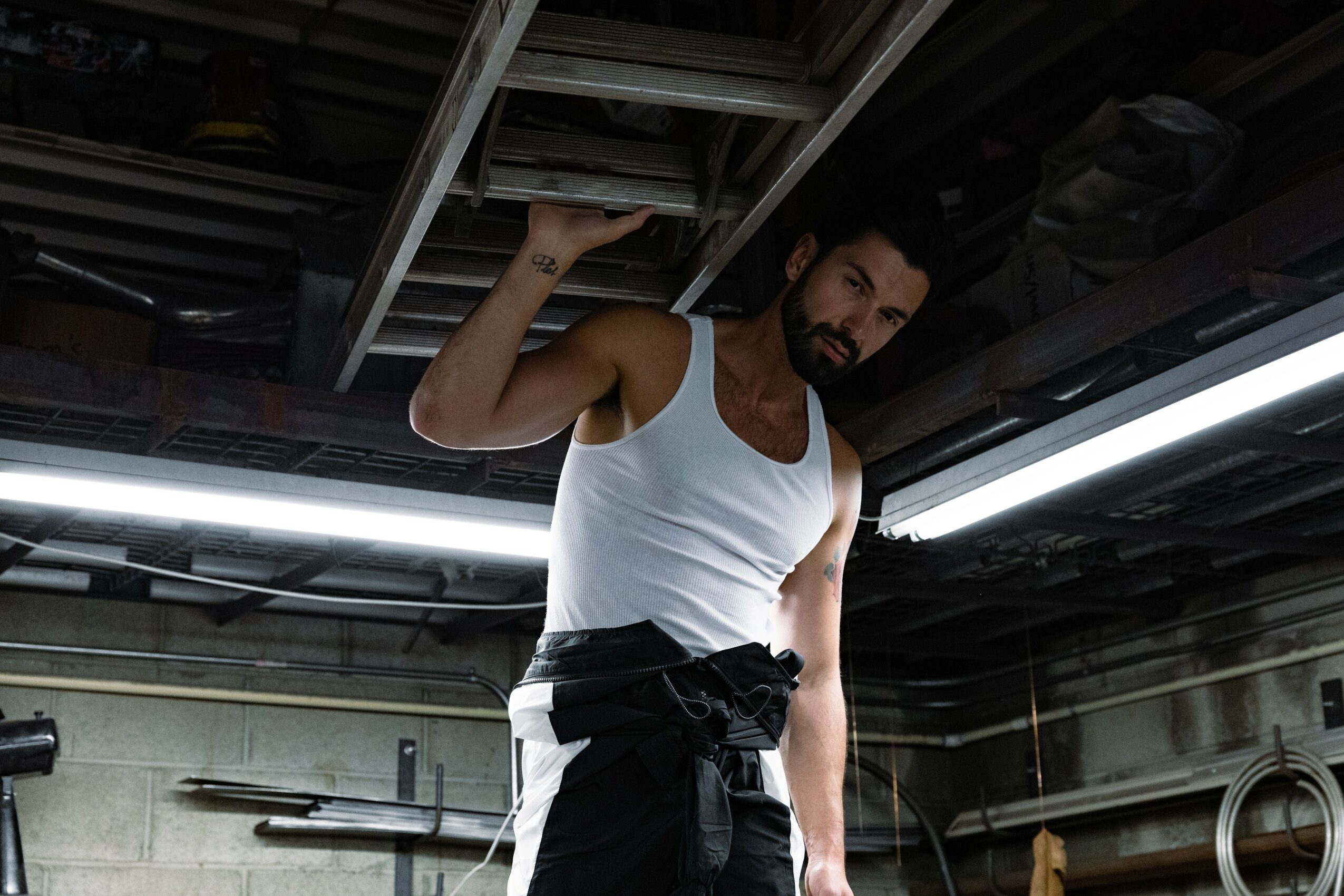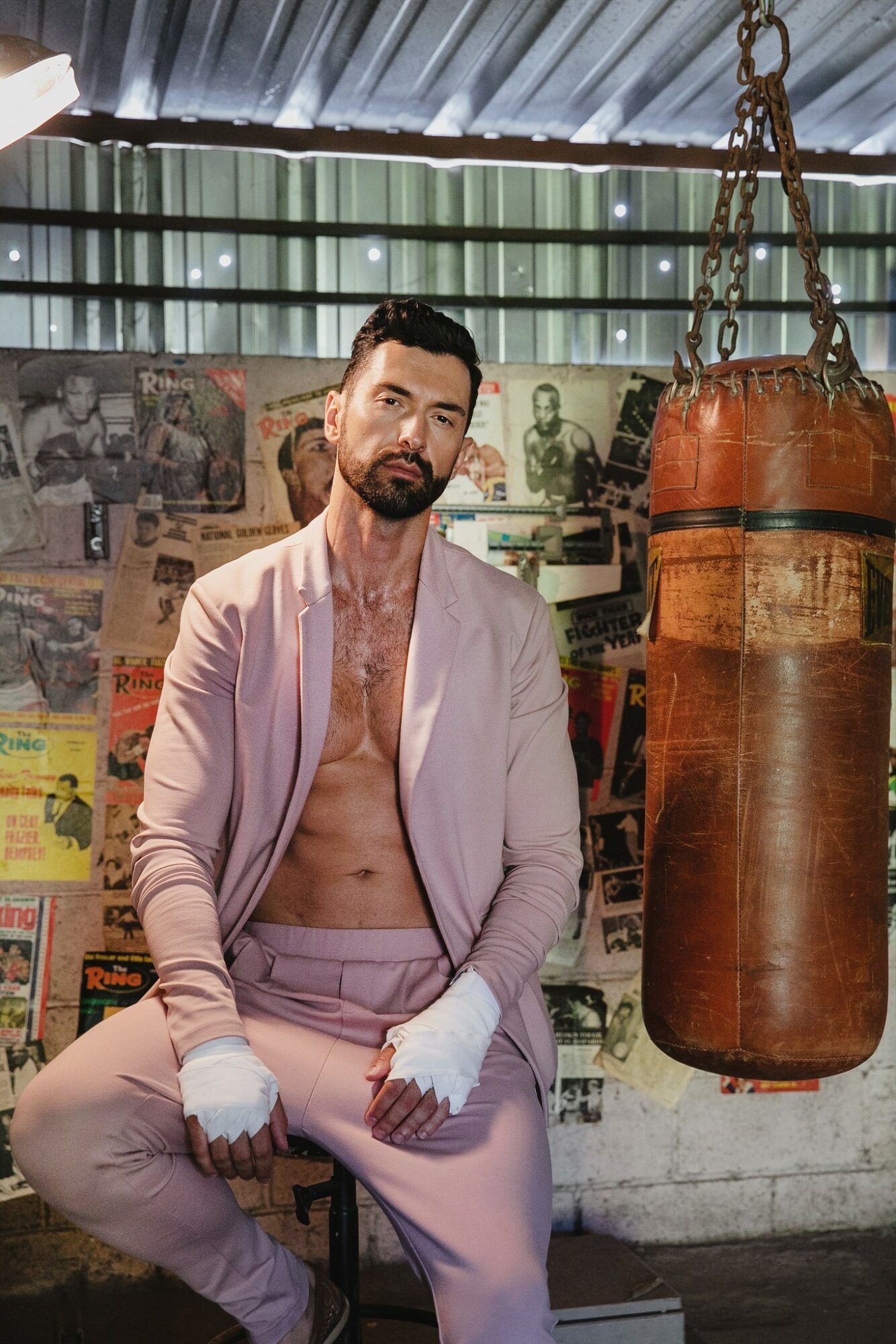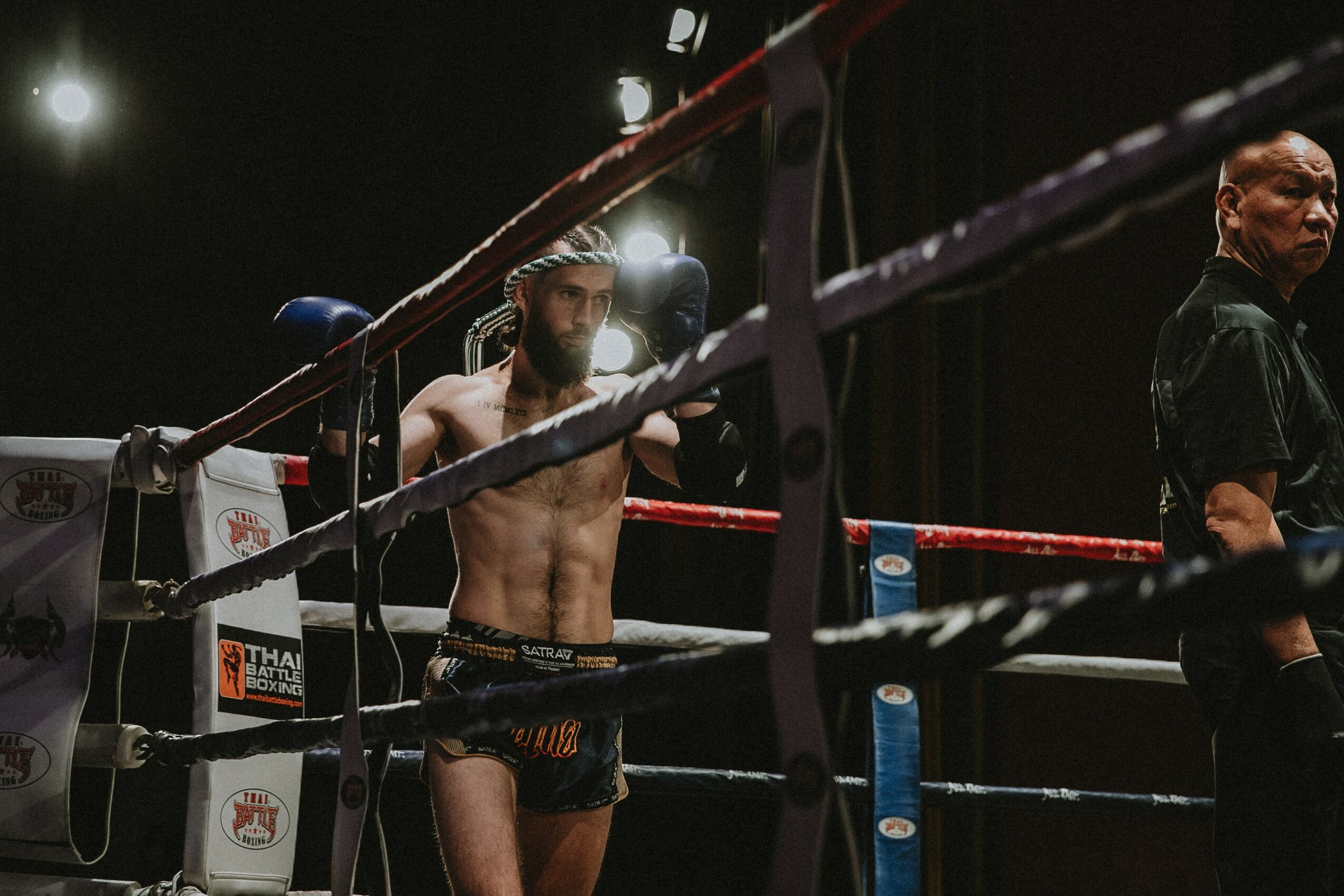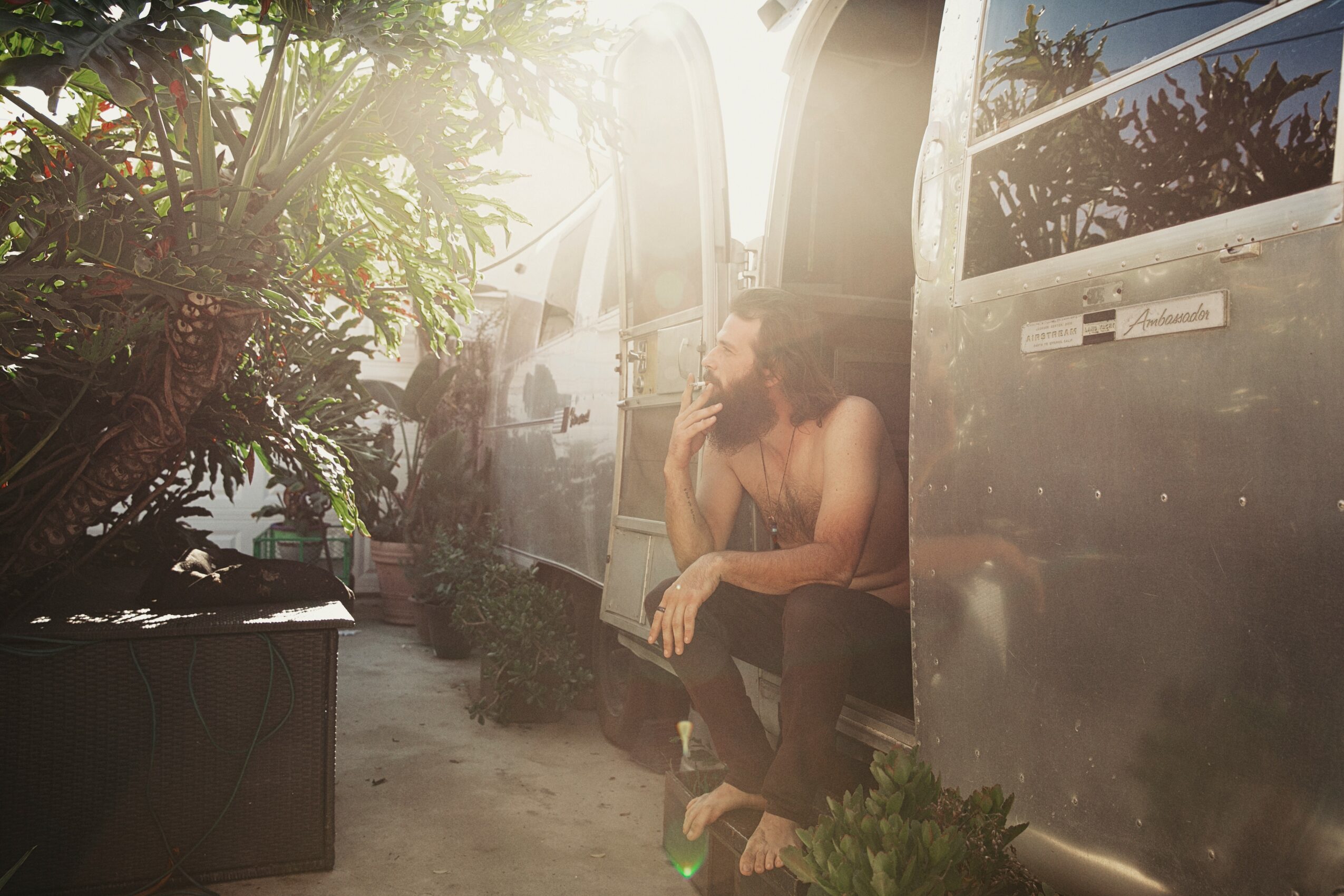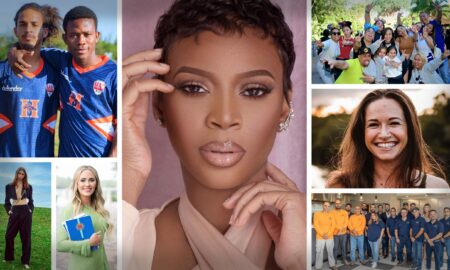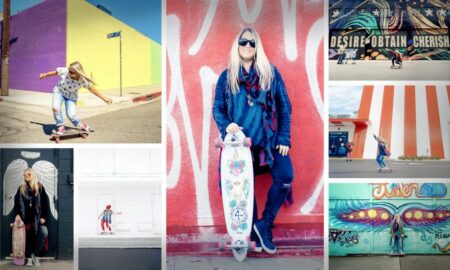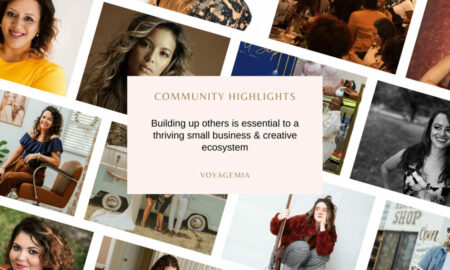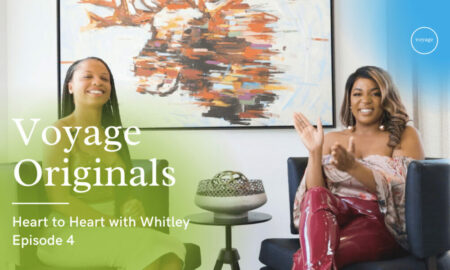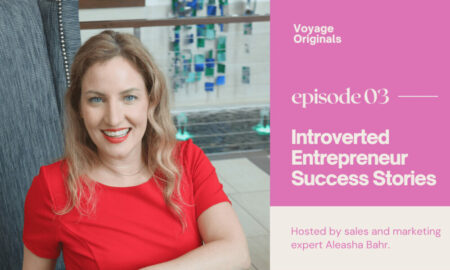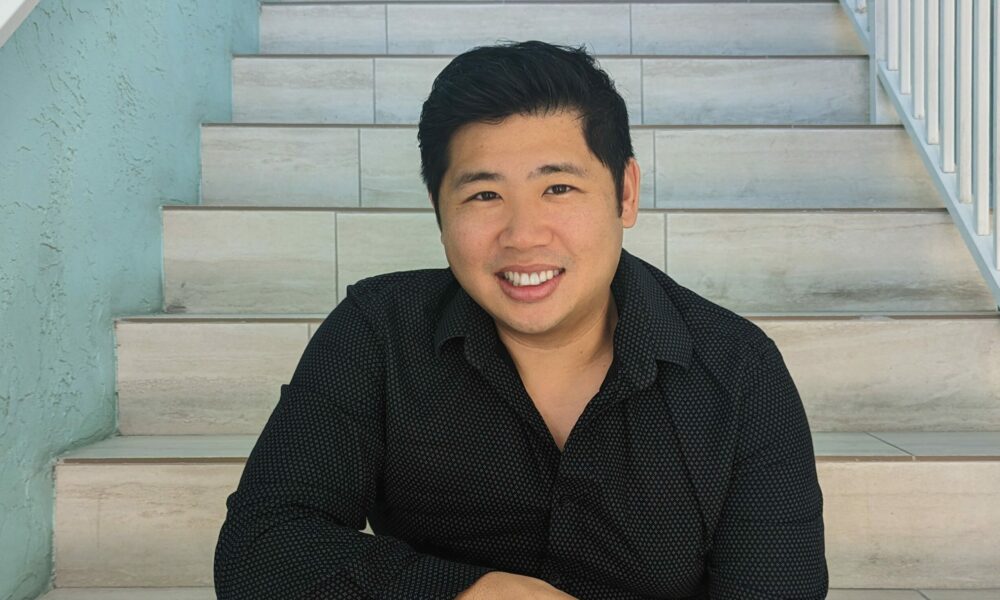

Today we’d like to introduce you to Vinh Pham.
Hi Vinh, thanks for joining us today. We’d love for you to start by introducing yourself.
I came into photography as a hobby and am completely self-taught. Over the last thirteen years, I’ve honed my skills and evolved my art. I’ve also transitioned to doing photography full-time as a career. Now, I shoot mostly commercials and the unit still photography – pictures that can tell a whole story in just one shot. I’ve always found photographing people to be more interesting, and I feel like I want to tell more of the story than traditional portraiture allows.
So, I take my photoshoots and try to push the limits by making them more “editorialized.” For example, I photographed an amateur boxer in the ring. Athletes typically do photoshoots after they “make it,” but I wanted to capture that same confidence and power for someone still on their climb up. The idea is to celebrate yourself at every stage. I create scenes like this for my “portraits” that capture an entire story in a single frame.
In retrospect, I see how those shoots blurred the line between portraiture and commercial work, and how they led me to unit stills – my current pursuit. Unit stills is a niche type of photography wherein a photographer goes on a film set to take shots during shooting or breaks without interrupting the movie-making process. These can be used for marketing the movie, making posters, etc.
When I first heard about unit stills, everything clicked. I realized my way of shooting portraiture was unintentionally trying to mimic scenes, like from a movie. It’s like everything made sense about why I shoot the way I do. So now, I’m shifting my focus toward film stills and commercial work in Miami, Atlanta, and my hometown of Los Angeles.
Alright, so let’s dig a little deeper into the story – has it been an easy path overall and if not, what were the challenges you’ve had to overcome?
Living a creative life comes with all the stereotypical challenges that society wants us to worry about. These include no steady income, imposter syndrome, figuring out your unique style, and learning to market yourself. As I’ve turned my photography hobby into a sustainable career, I have encountered each of these. But, what I’ve learned along the way is that it is so worth it to live a life on your own terms, making art and connecting with people along the way.
In fact, my first “real job” as a photographer was actually in real estate. I was struggling to figure out what niche of photography to transition to, and this paid the bills. I still had a lot of imposter syndrome and confidence to build as a photographer, because this career didn’t look how I thought it would; now, I see how much I learned during that time and how it led me to where I am today.
Looking back, I also realize it was the first time I supported myself as a full-time photographer, which is pretty huge. Of course, I still have imposter syndrome sometimes, but I think that’s a good thing. It means I’m evolving as a photographer and creative and pushing myself to do new things.
Alright, so let’s switch gears a bit and talk business. What should we know about your work?
I am most proud of how my work stays true to my creative visions and process, and how it makes my subjects feel. No matter the type of photography, I always strive to make people feel good about how they’re presented and to showcase an interesting story.
When I am shooting commercial work or unit stills, my job is to tell the entire story in one photo. Unlike with videos, I don’t have b-roll “filler” scenes that help me get there; it’s literally one chance to capture the essence of the work, so I have to do more with that one frame. I thrive in this challenge and am excited by the scenes that I find and create within the broader work.
With my editorial work, I think of a cool concept, create the scene and find the talent, and then execute. But, I also stay open with my vision because I think of the shoots as a collaboration with my subjects. The results are so fulfilling for me and my subjects, because both our ideas come to life.
Alright, so to wrap up, is there anything else you’d like to share with us?
Everyone thinks you can’t make good money off of photography and other creative pursuits. It’s the whole “starving artist” idea. But, this mindset can keep you from living a creative and interesting life. Working for myself has been scary because there are no guarantees. But, in moving away from traditional life, I’ve gained so much. I’ve had to learn how to create something out of nothing, share my work with others, and become more proactive with how I think of my life.
It’s more challenging and more enjoyable than having a 9-to-5. I work longer hours and harder than I ever did in my past career as a web developer. But, even when I work day and night, I still want to wake up and do the same thing again, because I enjoy what I am doing. I don’t dread work, and I am so proud of what I create. I also learned to think of money differently.
Some jobs pay well, and some don’t. The ones that do helped me understand that creative work can be sustainable – you just have to work for it. It’s all been worth it. The result has become a life I never imagined I could have, and one that I am proud of. I wouldn’t have it any other way.
Contact Info:
- Website: www.vinhpham.com
- Instagram: www.instagram.com/vpham21
